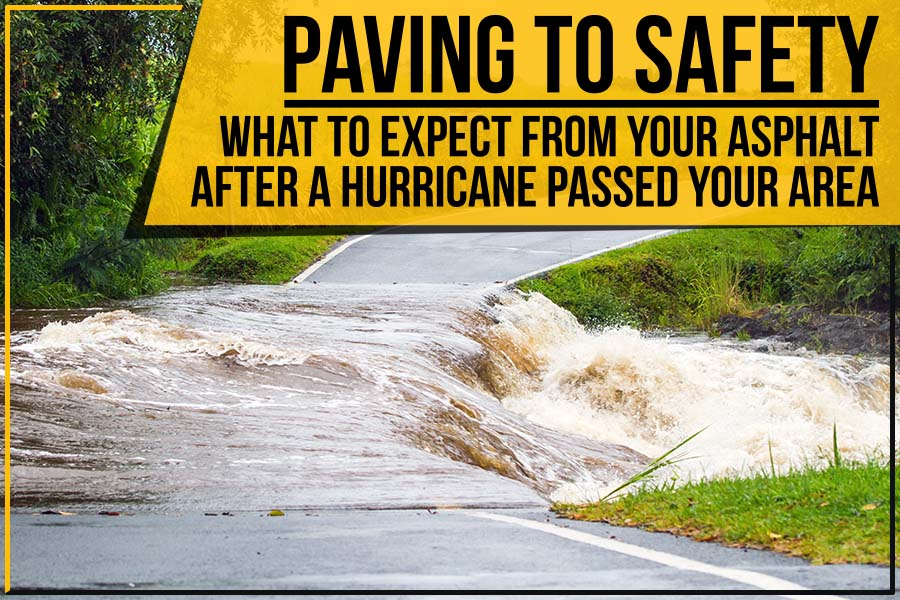
Hurricanes are powerful over water but start to lose strength as they move inland. However, this does not mean that the hurricane will not inflict damage while over land. We had Hurricane Henri that downgraded to a tropical storm but left New Jersey and Delaware at the mercy of flash floods; next came Hurricane Ida that devastated Louisiana and then focused rains on much of the central and northeastern tri-area states. It’s been a tough month, and rescue efforts are already hindered by power outages caused by the sudden stormy showers, floods, as well as pandemic conditions.
Storms and hurricanes can damage asphalt rather badly because gale force winds and water are destructive forces. Flash floods are the bane of asphalt surfaces, and submerged pavement offers no immediate incentives to repair the damage caused.
There are so many things one can dread in the aftermath of a storm. While we believe recovery efforts are successfully going on in NJ & Delaware, we will get you up to speed on the expected asphalt damages.
- Rain Erosion – If the rains have been torrential in the vicinities where a hurricane or a tropical storm made landfall, you can expect potholes on the pavement from the severe level of water intrusion. Not to mention; the layers of mud and dirt all left over the urbanscape.
- Clogged Storm Drains – With storm surges and coastal flooding, there is always the risk of tree branches and debris getting stuck in the storm grates and blocking runoff. The water remains standing on roads, and it’s a matter of luck if it will drain into the soil. As soon as the weather clears up, efforts should be made to unclog the drains to get the water off the roads.
- Destabilized Subgrade – Flash floods sweep away everything in their path, from homes to cars and even pavement. Whether it is a parking lot, a section of road, or even part of the yard, you can expect to see it missing after a flash flood or storm. Asphalt is seal coated for surface protection, but excessive rain and storm waters weaken the foundations of the asphalt, causing it to be swept away like a crumbling cookie.
- Broken Down Sidewalks – Floods can affect sidewalks too. Water intrusion can cause soil deforming which shifts blocks at minuscule levels. When pavement moves, the subgrade under it destabilizes. The blocks come loose from each other, causing further intrusion, depending on how far they shifted.
- Unusable Roadways – The pavement will be broken apart. This is expected since asphalt is not designed to withstand high winds, heavy rains, or other weather conditions during a hurricane. Concrete pavement may survive to some extent, but the damage is imminent.
In the event of a natural disaster, utilities and transport are the most compromised systems in an urban establishment. The priority is to get transport up and running by ensuring the proactive installation of pavement protection and drainage designs that allow access to storm-affected areas.
As your resident asphalt maintenance contractors in New Jersey & Delaware, we at PowerSurge Plus feel deeply for the losses suffered by our brethren who were affected by Hurricane Henri and the aftermaths of Ida. We provide asphalt repair and paving services at reasonable rates, and you can always get a free quote from us. Let’s get past this challenge together, in harmony and with due progress! Let pave stronger paths to safety!









